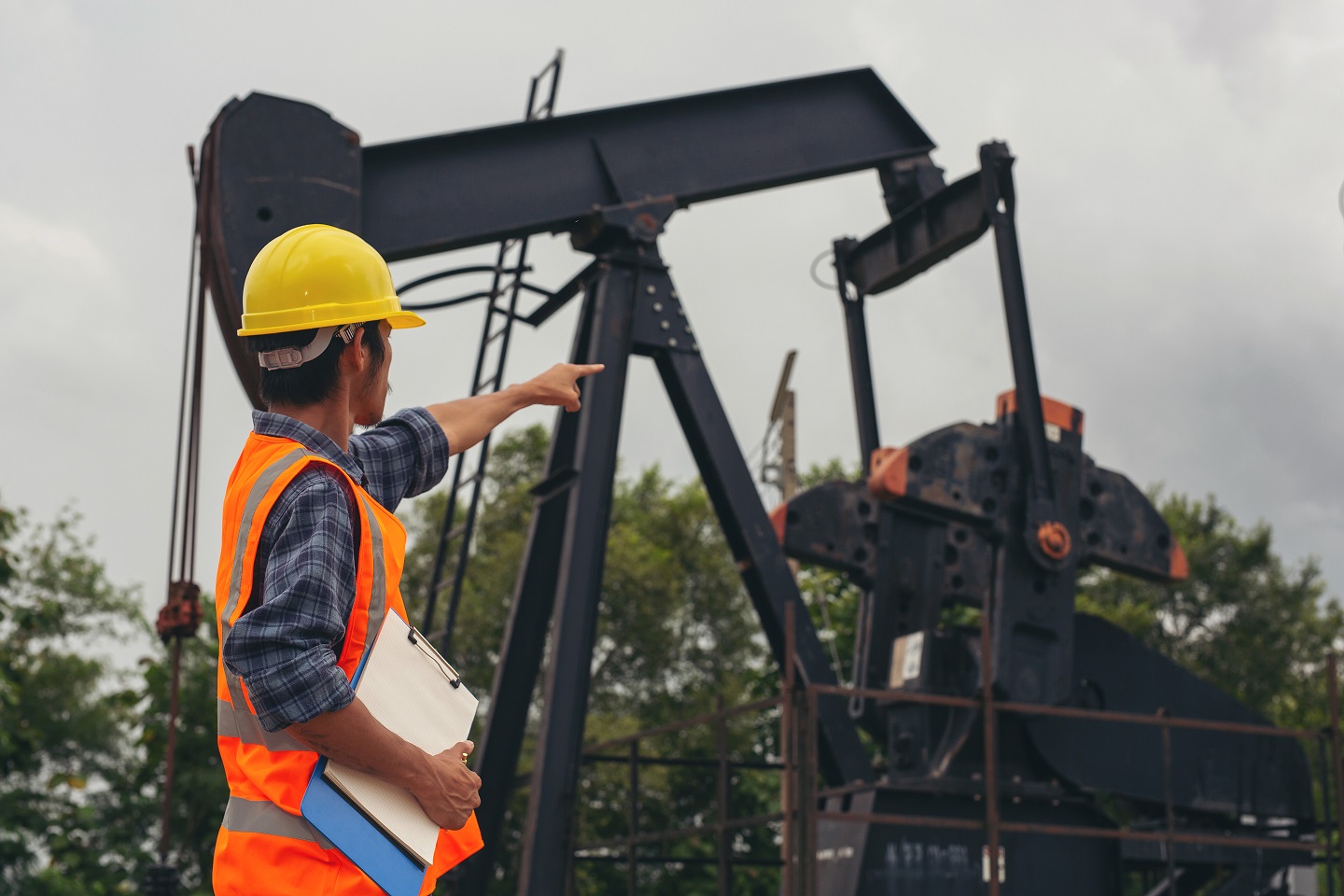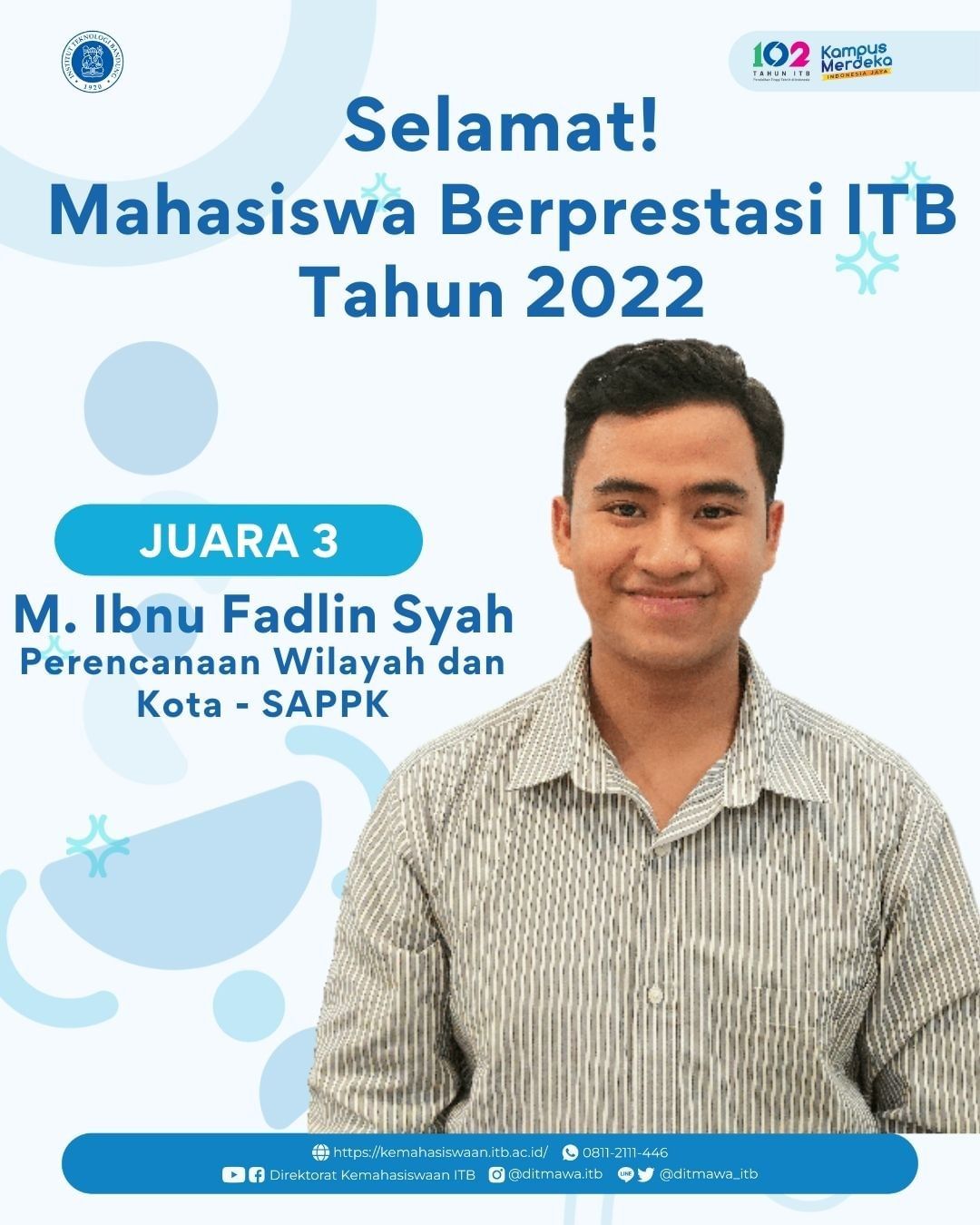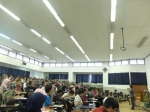The Reasons for the Ups and Downs in Indonesia's Upstream Oil and Gas Industry
By Adi Permana
Editor Adi Permana

*Foto: freepik
BANDUNG, itb.ac.id— A new episode of the ITB Geological Engineering webinar series titled “Geology ITB Menyapa” has been released. The theme of the 18th episode was "The Challenges of Exploration and the Future of Indonesia's Upstream Oil and Gas Industry," which aired on Saturday (2/8/2021). Nanang Abdul Manaf, Technical Advisor of the Ministry of Energy and Mineral Resources, was asked to talk as part of this webinar series by Geological Engineering ITB. His track record in the oil and gas exploration industry piqued participants' interest in closely following the event.
Agus Mochammad Ramdhan, Ph.D., began the webinar by explaining the importance of the oil and gas industry in the future. He stated that, while transitional energy has begun to gather momentum, oil and gas will continue to be the primary sources of energy now and in the future. Thus, oil and gas exploration, together with technical advancements, provide a significant challenge for us, as Indonesia continues to lag behind neighboring countries in terms of oil and gas exploration.
Nanang Abdul Manaf highlighted during the presentation session that the longevity of upstream oil and gas depends on the number of reserves owned to support daily production in the future, and exploration plays a significant role in this. However, Indonesia's oil and gas exploration is still lacking and must be addressed.
The main reason for the downturn in Indonesia's oil and gas industry is a decrease in production while consumption continues to rise. This results in a Current Account Deficit (CAD). According to Nanang, the CAD deficit in 2018 reached 31.1 billion dollars, or 439 trillion rupiah.
Furthermore, exploration regions in border areas, such as the deep sea, remain unexplored. Meanwhile, onshore fields are generally older, with low output and expensive expenses. As a result, a significant investment amount is required.
In his presentation, Nanang also revealed Indonesia's underdevelopment in the oil and gas business. First, depending on Indonesia's lead time. According to SKK Migas (2020), Indonesia's lead time from discovery to production is 10.5 years. This is unquestionably quite long in comparison to prior years, and far too long for a return on investment.
Second, a picture of Indonesia's upstream oil and gas investment climate. According to Kata Data (2020), Indonesia is rated 79th, lower than neighboring countries. This is an essential issue since governments all over the world compete for outside investment.
Third, a description of Indonesia's oil production. According to SKK Migas (2020), Indonesia once reached a peak of oil output of over 1.6 million barrels per day and joined the Organization of Petroleum Exporting Countries (OPEC) in 1997. According to Nanang, this is possible since demand for oil and gas is low enough that 500,000-600,000 barrels can be exported. However, from year to year, production fell as demand rose. As a result, the point of convergence between production and consumption in 2004 was 1.2 million barrels per day, and there is nothing left to export but LNG.
The situation was reversed the following year. Indonesia, which was formerly an exporter, has now become an importer of oil. Until the Hiu Kerisi and Belanak oil fields were discovered, oil production increased briefly before declining. It had climbed in 2016 after the discovery of Banyu Urip, but it did not last long and continued to plummet until mid-August 2021, when Indonesia's average oil output reached 670,000 barrels per day.
Fourth, the profile of Indonesia's oil exploration activities. According to SKK Migas (2020) data, the period 2011-2014 was arguably the golden age of Indonesian oil exploration. The investment cost for 29 wells is 2.1 billion USD, but the majority of those obtained are dry wells. According to Nanang, this is a turning point in exploration and changing the explorer's mindset.
"Indonesia is no longer an easy area, but it is very difficult and expensive that so many investors are hesitant to invest in Indonesia," he said. In response, of course, we can't just sit around doing nothing. The president of the ITB Geological Alumni Association added that exploration must continue. For every barrel of production from a new wildcat field well, good prospectivity, good data, solid evaluation, integration of all data, solid geological model is required for prospects to mature and investments to be made.
Obtaining an investment is not as easy as turning the palm of your hand. Especially, considering the state of the Indonesian oil and gas industry. To stimulate investment, fiscal policy must be made attractively and adapt existing global fiscal policy to compete with other countries. If fiscal policy is relaxed, it will benefit both the government and investors.
At the end of his presentation, Nanang showed the steps that the government is currently taking to address this issue.
The image above shows a map of the distribution of the 5-year program conducted by PHE Jambi-Merang as part of a Definitive Work Commitment (KKP) from the Ministry of Energy and Natural Resources in 2021. The program, which was launched in 2019 with a fund of about 2 billion dollars, aims to increase the good prospects through the acquisition of new data, studies, evaluations, and reprocessing.
Reporter: Pravito Septadenova Dwi Ananta (Geological Engineering, 2019)
Translator: Sekar Dianwidi Bisowarno (Bioengineering, 2019)

.jpg)
.png)
.jpg)
.jpg)
.jpg)


